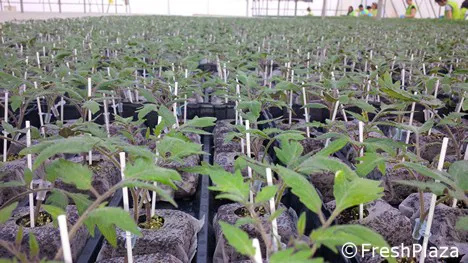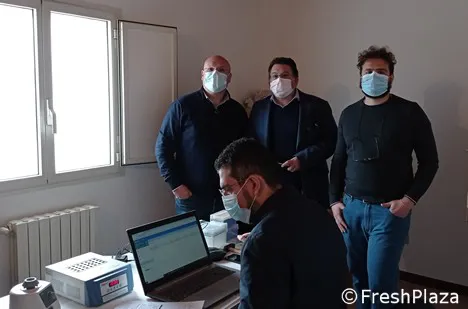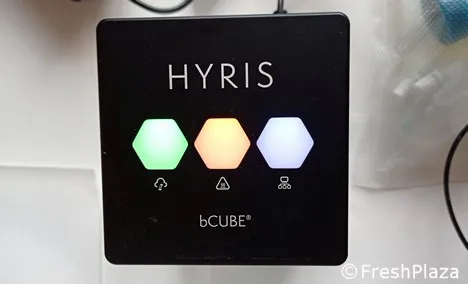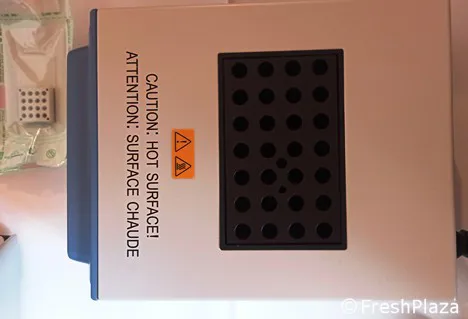There is important news concerning the fight against ToBRFV from the University of Palermo, which is taking part in the "Net Lab" project financed by the Regional Department for Agriculture.
"We have reached a turning point, because we have finally figured out a way to perform low-cost constant monitoring by employing professionals trained by us university professors. This way, nurseries can save on laboratory costs while performing a large number of analyses, thus making sure of being virus-free," explains Walter Davino, professor at the University of Palermo (SAAF Department).

"The project consists in creating a network of micro-laboratories inside nurseries so that they can check their own plants and identify the presence of the Tomato Brown Rugose Fruit Virus and of other pathogens.
Prosea Srl from Ragusa provides the expertise and is coordinating 5 nurseries within this project - Centro Seia, Ecofaber, Tecnoplant semplice, Italplant and Tecnovivai, a PO, AbioMed and the Agrobiotech laboratory.
"The tools are all connected remotely, so we can read the results and check whether operators are working well or not. This procedure saves a lot of time and money, as nurseries are now capable of performing checks, so there is no need to send samples away and results can be obtained in one day."
 In the photo, clockwise from the top left: dr Stefano Panno (University of Palermo), prof. Walter Davino (University of Palermo), dr Andrea Caruso (Vivaio Centro SEIA), dr Andrea Giovanni Caruso (University of Palermo).
In the photo, clockwise from the top left: dr Stefano Panno (University of Palermo), prof. Walter Davino (University of Palermo), dr Andrea Caruso (Vivaio Centro SEIA), dr Andrea Giovanni Caruso (University of Palermo).
Ever since the virus made its first appearance, it has become essential to monitor the entire production chain - seeds, plantlets and crops.
"With these tools, it is possible to sample seeds so nurseries can check incoming material to see if it is virus-free as, if seeds are infected, they compromise the entire production chain - machinery, tools, sowing machines, clothes, etc."
 Part of the equipment used to transmit data
Part of the equipment used to transmit data
"Additional analyses can be performed before plants are delivered to clients in order to be sure the material is healthy. Of course the procedures will depend on the single nursery. Seeds should be ToBRFV-free, but it is always better to check, especially since it is then very difficult to decontaminate the entire production chain."
 Part of the equipment used to perform the analyses
Part of the equipment used to perform the analyses
The PO monitors greenhouses, which is important because of the need to fully understand what happens after plants are transplanted. If a plant is healthy coming from the nursery, there is the need to understand why it becomes ill a couple of months after being transplanted.
Alessandro Guarino from Prosea adds that, "with the help of companies, we will verify the presence of the virus directly in greenhouses. With some exceptions, we believe producer companies are indeed the weak link, as it is more difficult to adopt prophylactic rules. Many businesses have operators who work in various sites, and the fact that the pathogen transmits easily and can remain active for various weeks if not months means they help it transit."
"The system created enables the detection of problems also during production. By implementing these early diagnosis protocols, companies can immediately understand if there is an outbreak, since we also test plants that present no symptoms. Remember that symptoms mean the virus is already present and propagating. Identifying outbreaks in time means having the chance of circumscribing the infection and saving the production."
